How to do an Abaqus Impact Analysis?
Abaqus impact is essential for simulating real-world events, such as crashes, collisions, or material drops. Whether you are analyzing a vehicle collision or a small object hitting a surface, Abaqus provides powerful tools to help you visualize and study these events.
To perform an Abaqus Impact Simulation, you need to follow a structured workflow. This includes modeling your part, setting up the material properties, meshing, applying the boundary conditions, and running the simulation using the right analysis step.
To get started with an impact simulation in Abaqus, the first step is understanding the type of impact you want to simulate. Impacts can be broadly classified into high-speed and low-speed categories. For better understanding, let’s make an example with Abaqus High-speed impact simulation:
You can see the example step by step by Downloading this PDF File:
What is impact?
"impact" refers to the force or shock that occurs when two objects collide or come into sudden contact. It often involves high forces over a short period of time and can result in stress, damage, or deformation to materials and structures.
Simple Definition: Impact in engineering is when two objects hit each other, causing a sudden force or shock.
Examples for Better Understanding:
Car crash: When two cars collide, the impact creates a sudden force, which can bend metal, break glass, and cause damage. Engineers study this to design safer cars.
Hammering a nail: The impact of the hammer hitting the nail drives the nail into wood. The nail undergoes force from the hammer.
Ball hitting a wall: When a ball is thrown and hits a wall, the impact can cause the ball to bounce back or the wall to crack if it's weak. Engineers calculate the force involved to design stronger walls.
Meteor hitting Earth: If a meteor crashes into Earth, the impact creates a shockwave, possibly causing craters and damage over a large area. Engineers and scientists study this to predict and reduce damage.
Engineers analyze impact forces to design structures, vehicles, or objects that can withstand or absorb these sudden forces, ensuring safety and durability.
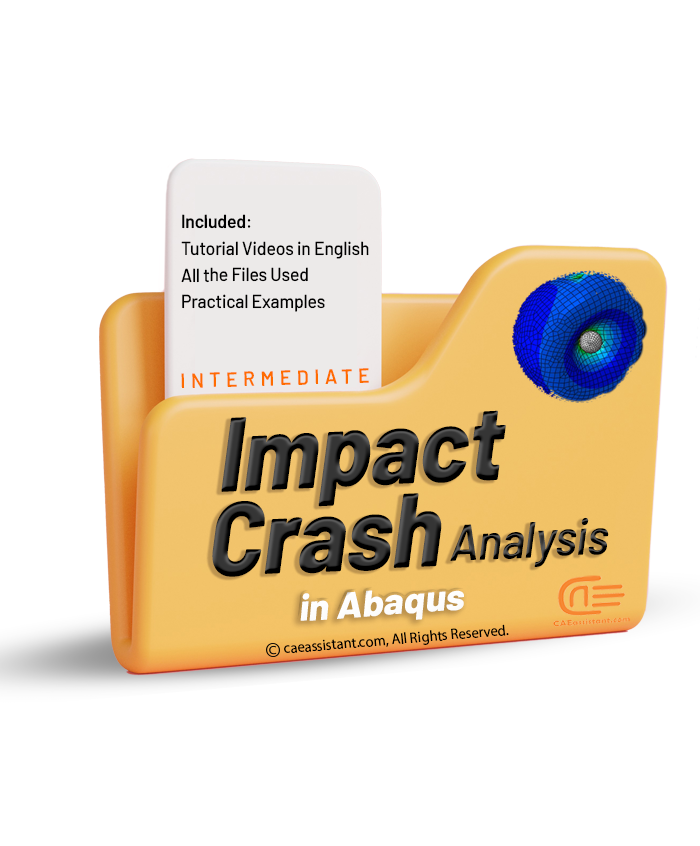
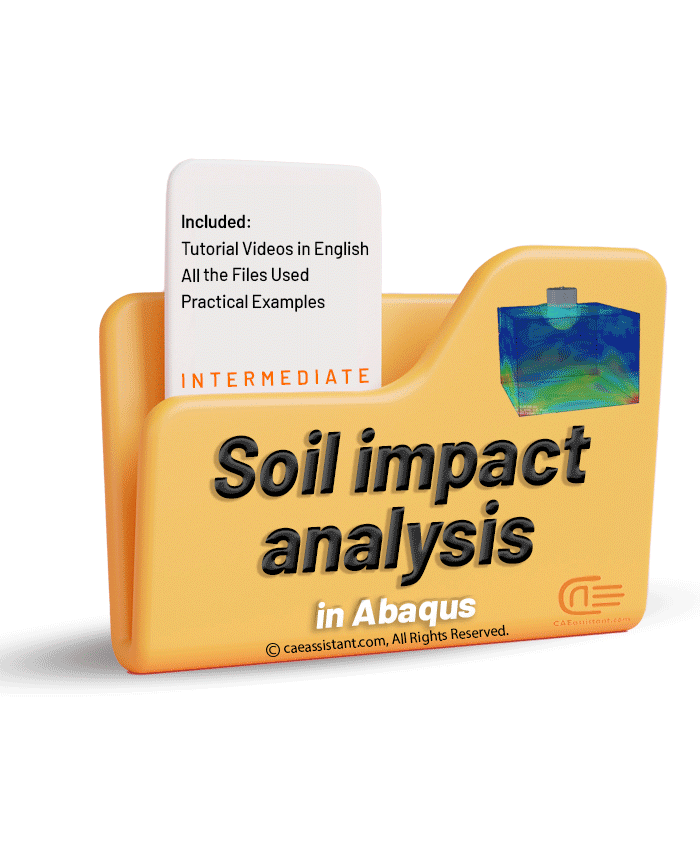
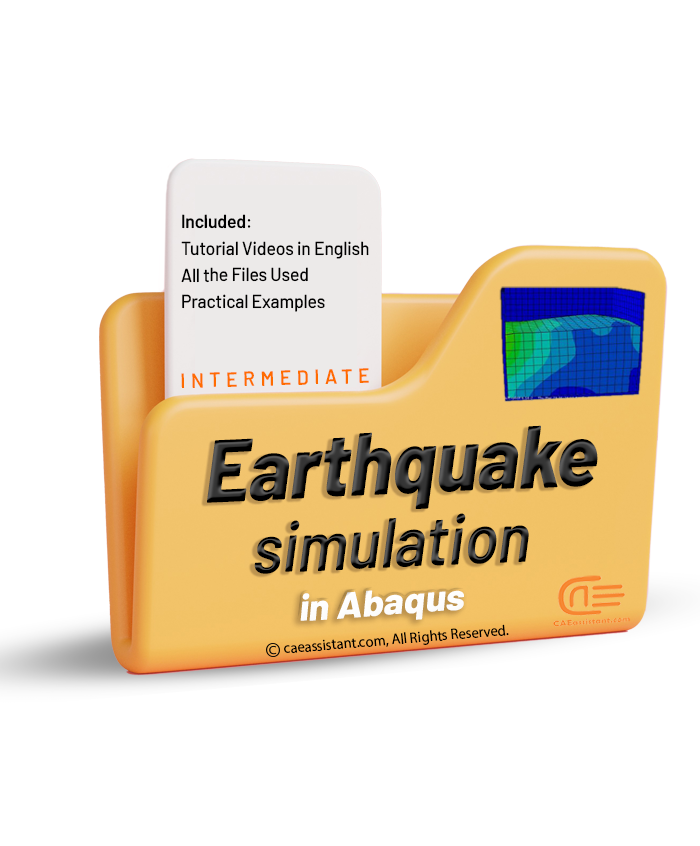
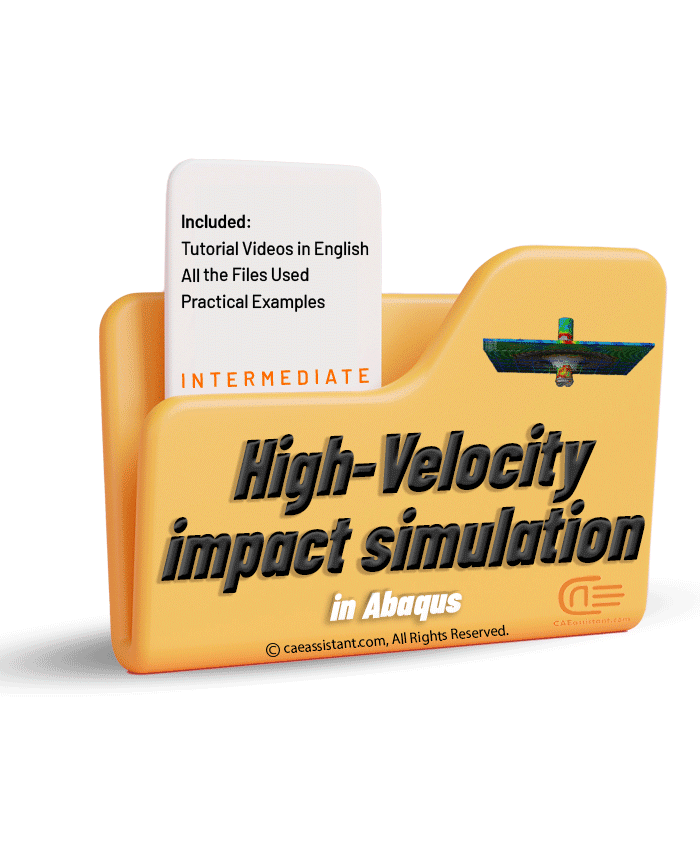

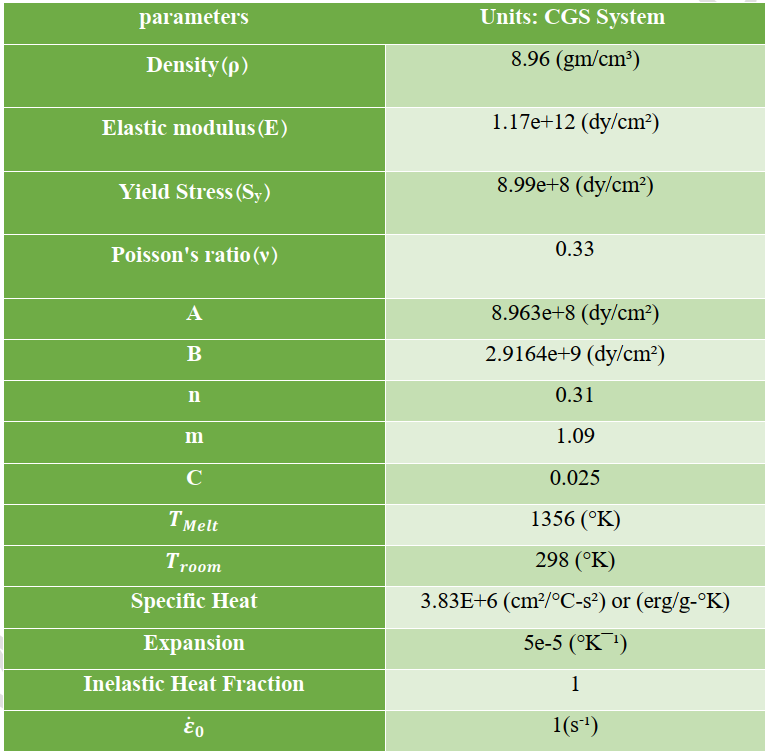
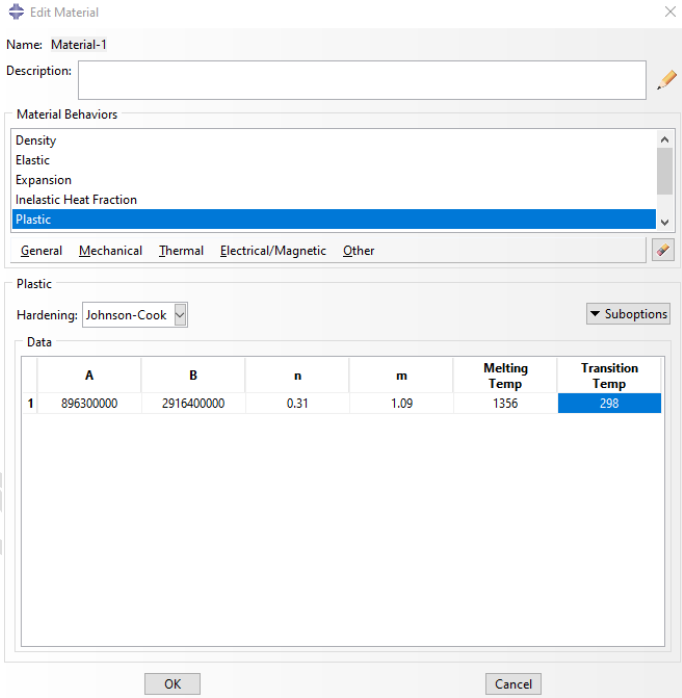
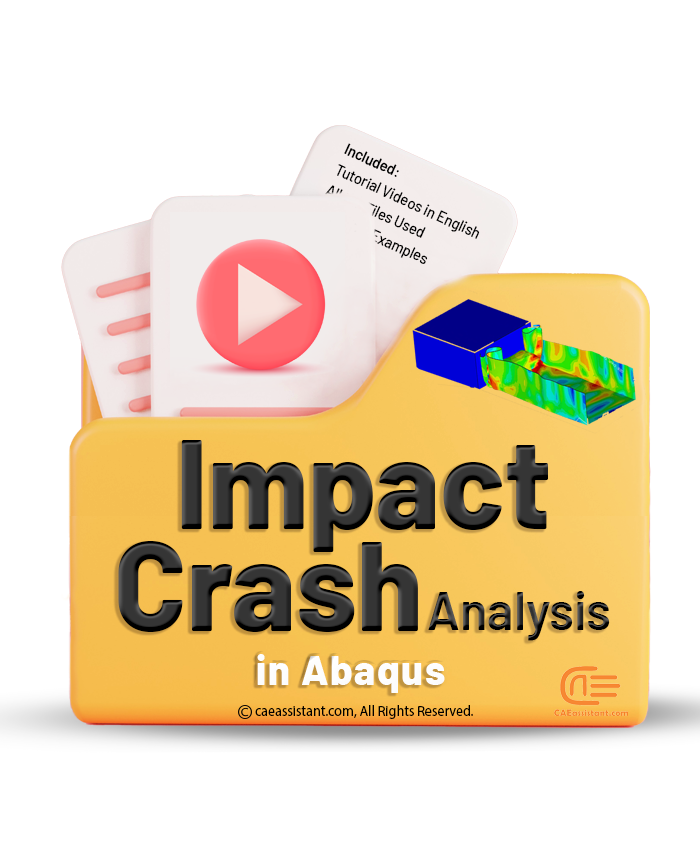
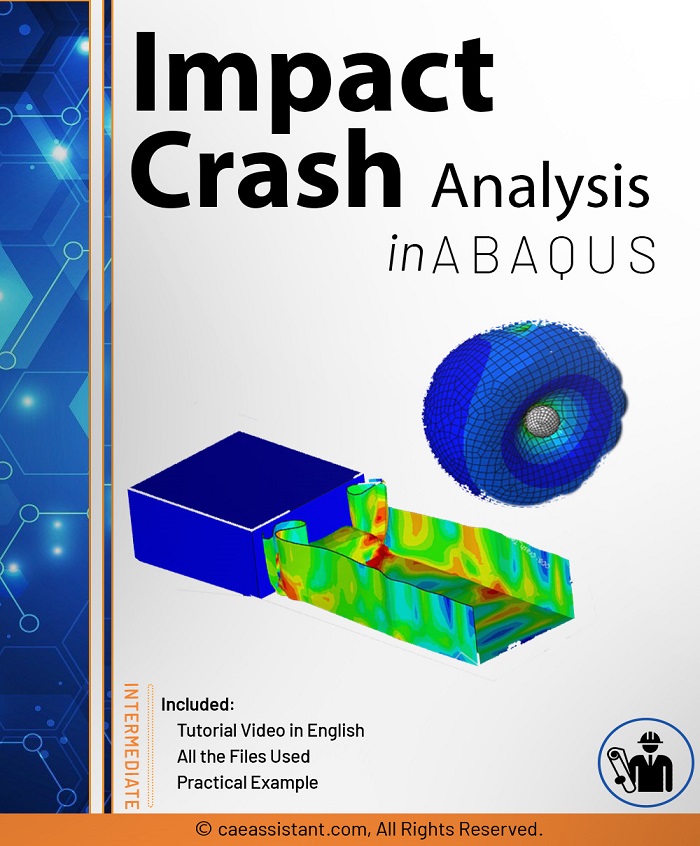
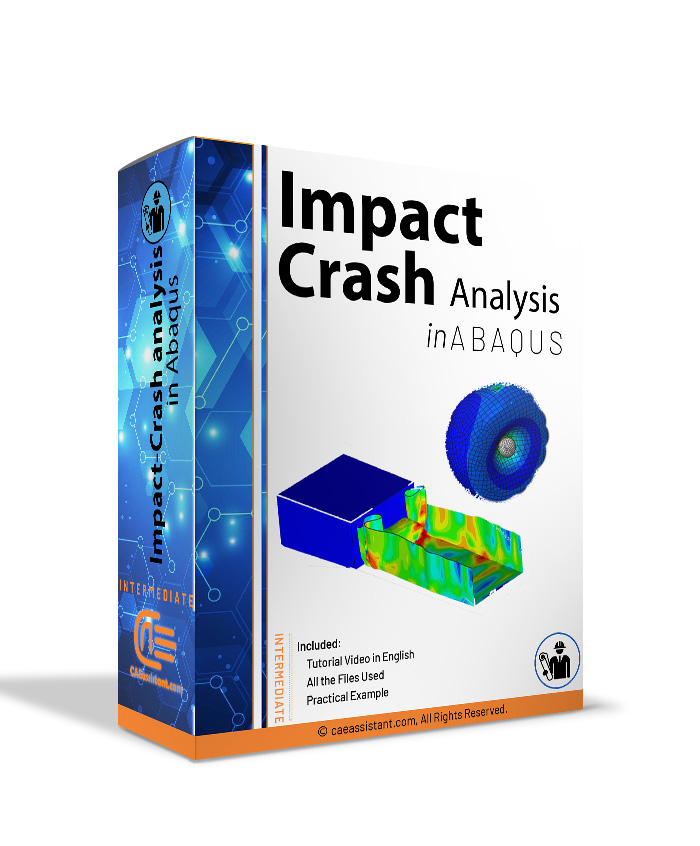







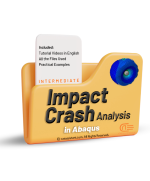
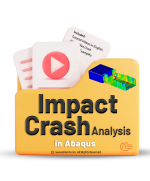
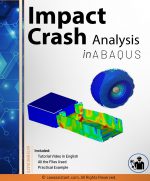
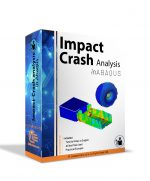








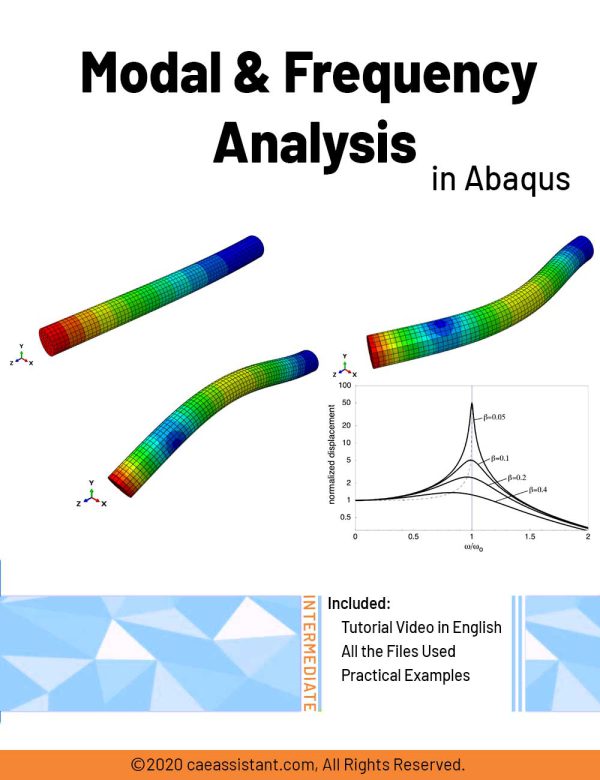
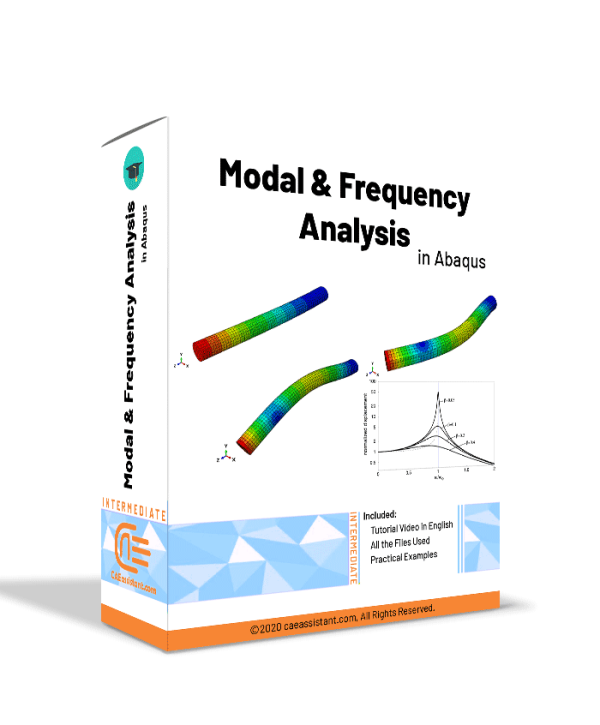
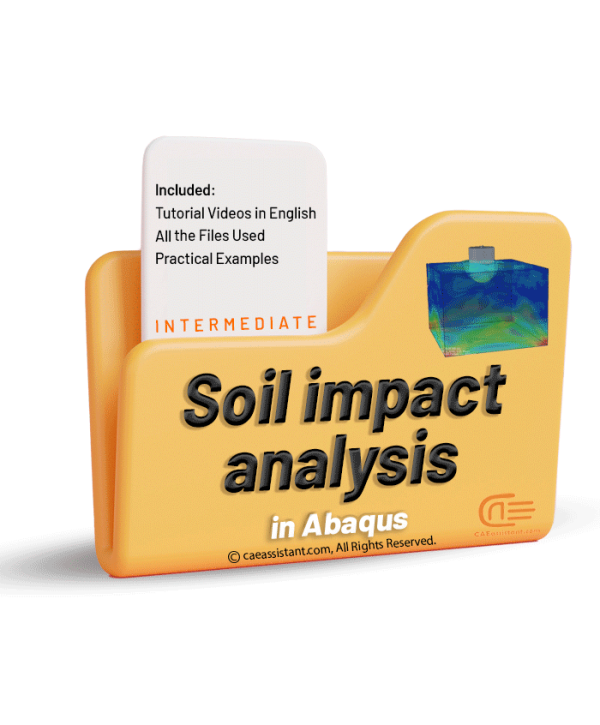
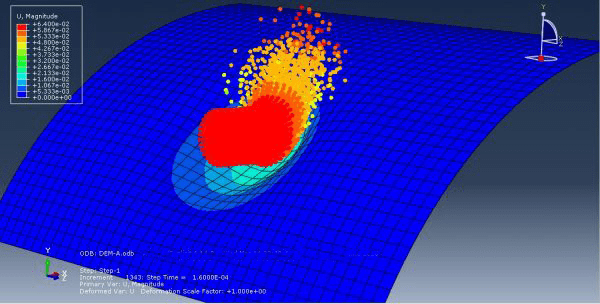
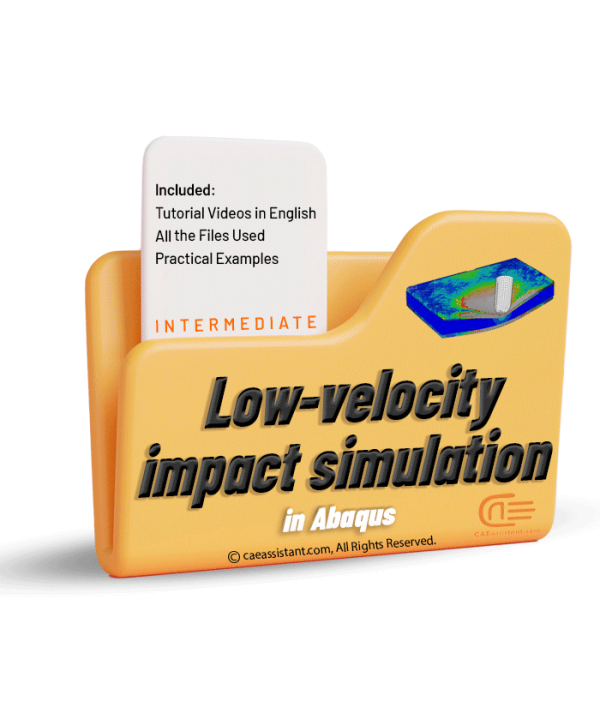
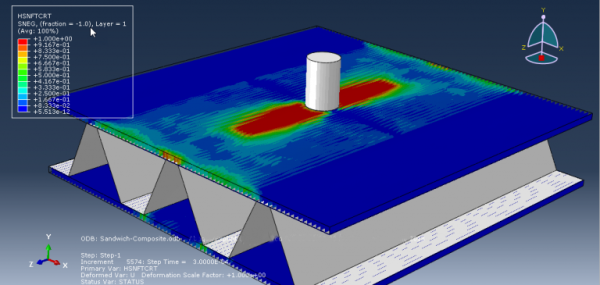
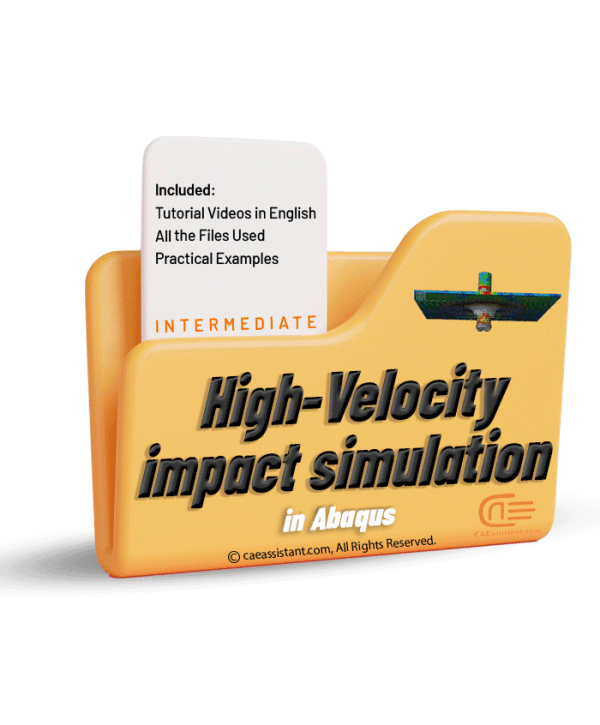
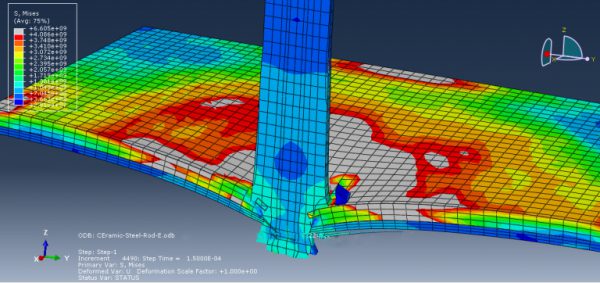

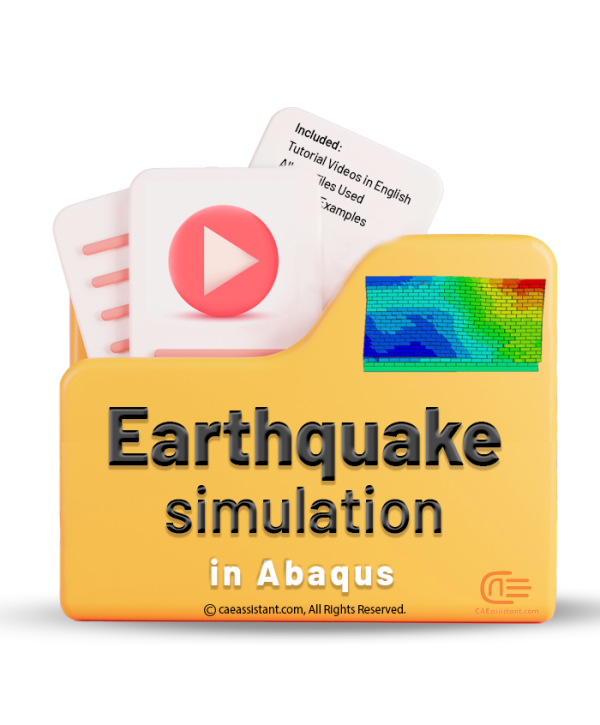
Taksheel Talukdar –
Awesome course.I gave it 5 stars because it is worth it.
Murad –
Using the impact analysis package in Abaqus was a very positive experience. This package effectively met my needs for impact force analysis and provided accurate and reliable results. I am very pleased with the analytical reports and simulation capabilities.
Khalil –
The quality and accuracy of this impact analysis package were very high, and I am completely satisfied with the results. I was able to perform accurate analyses and obtain detailed results. One notable feature of this package was its ability to integrate results with other simulation tools, which greatly aided in completing projects.
Adonia Drakos –
Various Impact Examples In this package, I was fully taught how to simulate an impact. How can I learn about the impact process and its theories? I also work on composite impact. Can you suggest educational material for it?
Jumadurdy –
I am very pleased with the choice of this impact analysis package. The results of the simulations were accurate and of very high quality. I was able to conduct the required analyses effectively and achieve satisfactory results. One positive aspect was the ease of use and precise reporting.
Serdar –
The impact analysis package for Abaqus met all my needs for complex and dynamic analyses. The results were very accurate and well-interpreted. Additionally, the package provided useful tools for various analyses that greatly assisted me in technical decision-making.